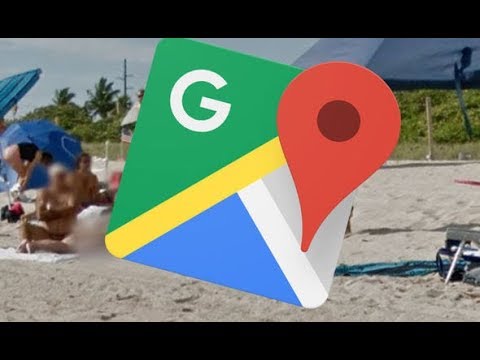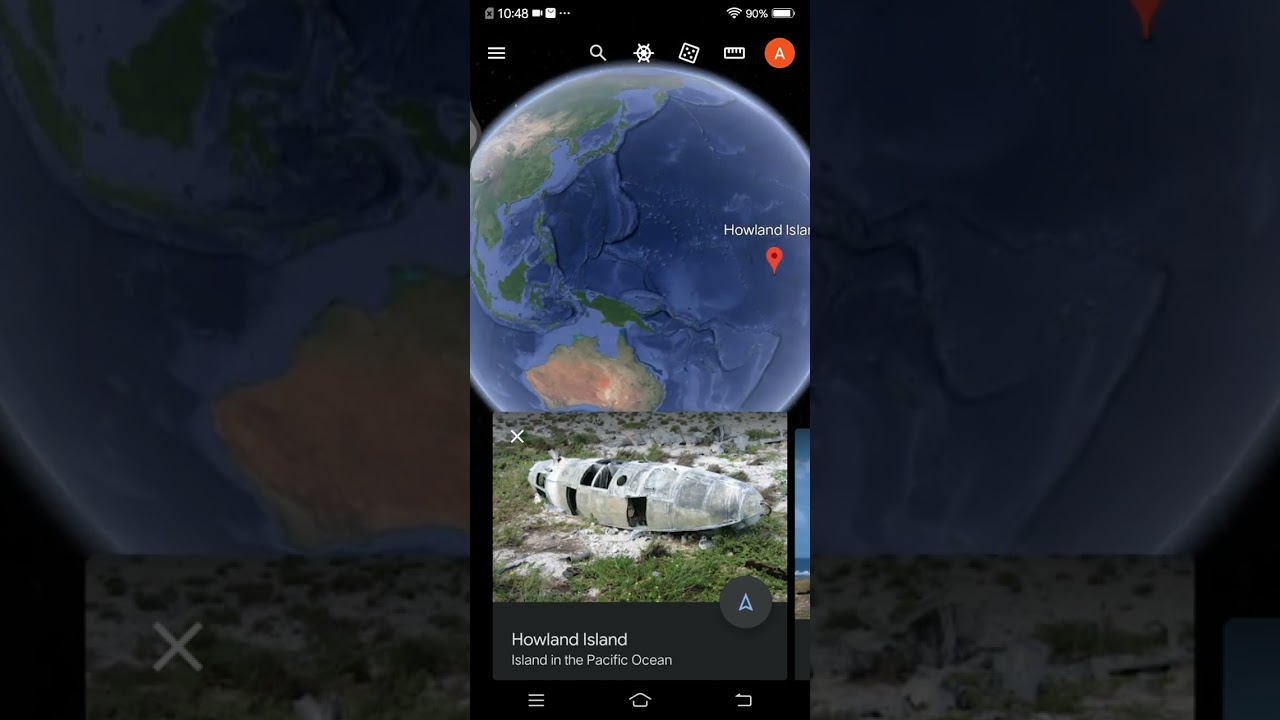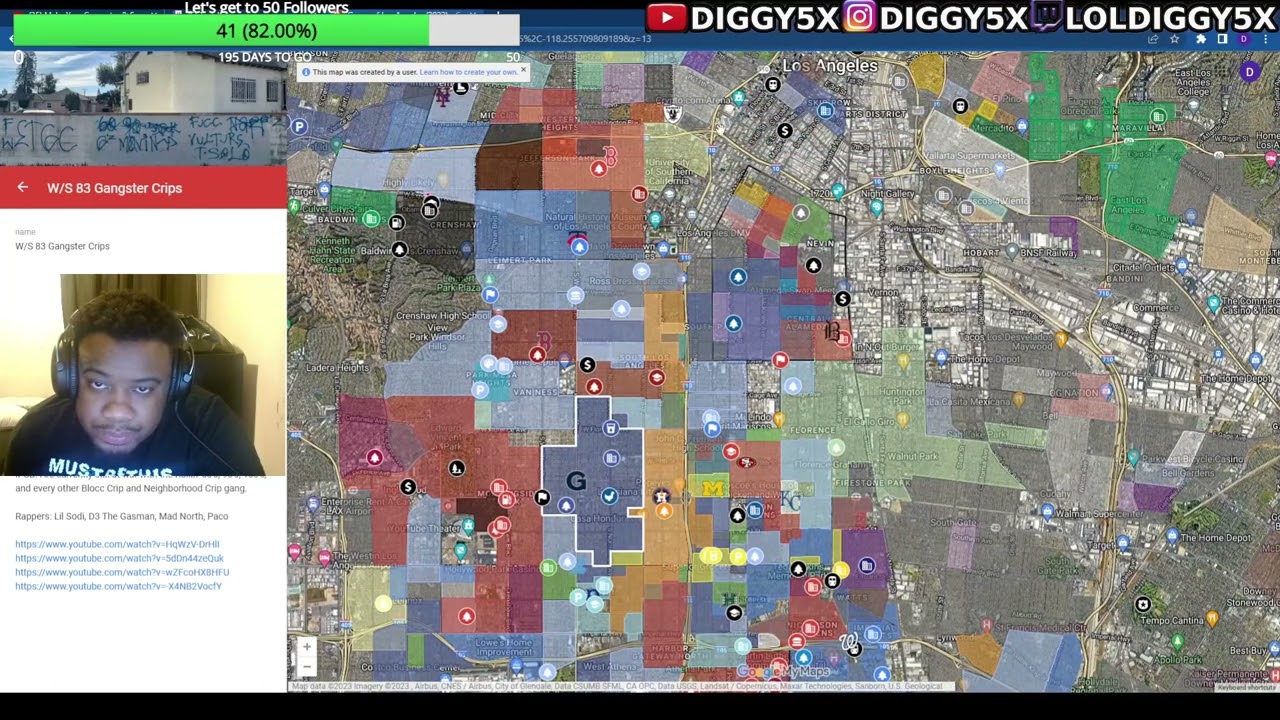Exploring google maps street view nude imagery: what you need to know

Understanding Google Maps Street View
Google Maps provides a revolutionary way to explore the world without leaving your home. The feature known as Street View offers an immersive experience by providing 360-degree panoramic images of real streets around the globe. It allows users to virtually navigate through cities, parks, and even rural areas, making it easier to plan trips or simply explore various locations from the comfort of their own couch.
Street View was first launched in 2007, and it has continuously improved over the years. With millions of miles of streets mapped out, Street View has drastically changed how people interact with their environment, offering not only a tool for navigation but also an opportunity for exploration and discovery.
Exploring Google Maps Street View Imagery: What You Need to Know
If you’re curious about exploring the unique imagery featured in Google Maps Street View, here are some essential aspects you should consider:
- Terms of Service: Make sure to familiarize yourself with Google’s policies on use, especially regarding content. They have specific guidelines outlining permissible usage of Street View images.
- Privacy Concerns: Google takes privacy seriously, which is why they utilize various algorithms to blur faces and car license plates. Understanding how they handle personal information can enhance your confidence when using the service.
- Imagery Updates: Google is constantly updating its Street View images. Therefore, what you see may change over time, reflecting new developments in the real world.
- Accessibility: Street View is accessible on various devices, including desktops, tablets, and smartphones. This allows you to explore wherever you are, making it convenient for users across the globe.
With these basic understandings, you can now effectively explore the intricacies of Google Maps Street View imagery, including how to navigate the platform and maximize its potential for your adventures.
The Technology Behind Google Maps Street View
One of the fascinating elements of Google Maps Street View is the advanced technology that makes this service possible. The imagery is captured with specialized camera systems that feature multiple lenses to take simultaneous photos from different angles.
Google employs various vehicles, including cars, trikes, and even snowmobiles, to collect data in remote or unique locations. These vehicles are equipped with LiDAR sensors and high-resolution cameras to create immersive and accurate maps. This is how Google can replicate real-life environments in a digital format, enabling users to feel as if they are truly walking through a street or park.
How Google Collects Data for Street View
Data is collected through several methods:
- 360-Degree Cameras: Mounted on vehicles, these cameras capture continuous panoramic images.
- Mobile Cameras: For areas that are difficult to reach by car, Google utilizes tricycles or even backpacks equipped with cameras.
- Public Contributions: Users can also contribute to Street View imagery through mobile apps, extending coverage in less accessible places.
This multi-faceted approach not only enriches the depth of data available in Street View but also greatly enhances the viewer’s experience.
The Artistic Side of Street View Imagery
Aside from its practical applications, Street View has become a canvas for artists and photographers. Many creative minds have found ways to utilize these images to make statements, evoke emotions, or even tell compelling stories. Some artists use screen captures from Street View to create digital artwork, manipulating Images to portray scenes that may not exist in reality.
This has opened up discussions about photography and art in the digital age, blurring the lines between reality and representation. Photographers often find extraordinary moments on Google Maps Street View, capturing the fleeting beauty of life as it unfolds.
The Community Aspect of Creativity
Importantly, many online communities dedicated to sharing interesting finds from Street View have emerged. These platforms allow users to:
- Share bizarre or humorous imagery
- Seek out notable landmarks or interesting scenes
- Discuss various artistic interpretations of what they find
Such interactions foster a sense of community and collaboration among those who appreciate the unique viewpoints offered by Google Maps Street View. This illustrates how technology can bring people together across geographic boundaries.
Practical Applications of Street View
Beyond artistic explorations, Google Maps Street View serves several practical purposes that enhance its utility for everyday users:
- Travel Planning: Street View allows users to virtually explore destinations before visiting, helping to plan itineraries and become familiar with the area.
- Real Estate: Potential homebuyers can preview neighborhoods and properties remotely, gleaning insights that might influence their buying decisions.
- Navigation and Routing: Users can visually assess the streets they will traverse, boosting their confidence and knowledge before embarking on a journey.
- Local Business Exploration: Street View allows users to discover nearby restaurants, shops, and attractions, enhancing their local experience.
These practical applications underscore the relevance of Google Maps Street View in modern life, reinforcing its place as an indispensable tool for exploration and interaction with the world.
The Future of Google Maps Street View
As technology continues to evolve, the future of Google Maps Street View looks promising. With the advent of artificial intelligence and machine learning, improvements in image quality and street coverage cannot be overstated. Innovations may include:
- Enhanced Imagery: Higher definitions could offer users even clearer and more immersive experiences.
- Augmented Reality Features: Potentially integrating AR could allow users to interact with their environment in novel ways.
- Rich Data Utilization: Using machine learning to provide insights based on behaviors and patterns in navigational choices.
Each development makes for exciting possibilities for users, fostering a hope for richer and more meaningful interactions with the world around them.






